Amethyst enjoyed some unprecedented levels of notoriety. It lived the high life. It was the stone of choice for royals, noblemen and bishops. At one point this violet vixen was in the cardinal gems crew along with emeralds, rubies, sapphires as well as diamonds. Some amethysts may have even been the costliest of the bunch. But then it was humbled. Large deposits of amethyst were found in Brazil, Africa and Russia, making the value of this purple stone plummet. The prestige of being in the cardinal gems crew was also snatched away. Once a precious gem, its status was downgraded to semi-precious. Previously embraced only by the finest gold, amethyst found itself hugging sterling silver and even base metals.
But just like Britney surviving 2007, amethyst is having the last laugh. While expensive gems are out of reach for a lot of people, this stone can be enjoyed and adored by consumers on a much tighter budget. If you need a few reasons why an amethyst piece should be in your jewellery box, read on. Let’s discuss five things everyone should know about these historically significant gems that are also February’s birthstones.
1. Amethyst jewellery throughout history meant many opposing things
These gemstones have been used for both trickery and piousness. The word amethyst comes from the Greek word amethystos, where a stands for not and methystos means to intoxicate. In other words: No to getting drunk. This is because of an ancient belief that if you pop an amethyst into your drink or your drinking glass is carved out of the gem, you can drink alcohol… And never get drunk. There is a grain of truth to this legend. It dates back to ancient Greek times, where wealthy landlords made sure they drank out of amethyst goblets, so everyone thought they were partaking in drunken festivities, as the purple hue made any liquid look like wine. In actual fact, they were drinking water, and watching everyone else get intoxicated before starting to ask serious questions to find out who was a friend, and who was a foe. Not a bad tactic.
Fast-forward to the middle ages. Because amethyst’s value was perceived as sky-high, it was used in jewellery for the highest ranking members of the clergy as they decided that the gemstone symbolised Jesus Christ himself. By proxy, the purple gem also stood for piety and chastity.
What’s good for God’s own army, should also be great for royalty. It’s because of amethyst we think of purple as a royal colour. To showcase wealth and power, royals layered themselves in both amethyst jewellery and clothing adorned with this stone.
2. Amethyst is the main character of many legends and superstitions
Seduced by that intoxicating purple hue, people throughout history have come up with many things that amethysts can do, including giving it anthropomorphic characteristics – basically creating a human character out of it.
One such myth is about Bacchus, the Greco-Roman god of parties and wine, whose advances were rejected by a mere mortal named Amethystos. All this fair maiden wanted to do was to remain chaste, not to mention for the drunk guy, sorry god, to go away. Her prayers were answered by the goddess Diana, who turned her into a colourless quartz crystal, so that she remained pure forever. I guess that’s one way to help? Impressed by the lengths this woman had gone to in order to escape Bacchus’ alcohol fuelled breath, the god made an offering and spilled his wine all over the colourless quartz, staining it purple. Other variations of this legend quote Dionysus as the main character. The storyline is slightly different, with an angry Dionysus swearing to kill a mortal, only to stumble upon a beautiful lady named Amethystos. He then changed his mind and turned her into a quartz instead of killing her, then drunk-cried about it, with his wine-filled tears turning the stone purple. If we look very hard, the moral of both stories is the same, and it is definitely not about turning women into stones. But I shall leave you to your own interpretations.
In terms of superstitions, medieval soldiers wore amethyst amulets as a form of protection and encouragement at war. They believed this gem helped speed up the healing process and kept them level-headed.
The famous Renaissance painter, Leonardo da Vinci, fully believed that amethyst could ward off evil thoughts and help to absorb knowledge quicker.
3. Amethyst is a durable gem
Stepping away from lore and legends, let’s talk about amethyst as a gemstone. Scoring 7 out of 10 on Mohs scale of hardness, this purple rock is durable and can be worn everyday. It is a quartz, which normally means that it is colourless, but amethyst specifically gets its colour from impurities of iron. That’s right, sadly, it is not from ancient wine.
Amethyst comes in many shades of purple: From a deep violet known as Siberian Amethyst to a lavender and pinkish lilac aka Rose de France, which can be light enough to closely resemble kunzite. You can read more about kunzite and pink gemstones here. When the light hits amethysts from certain angles, you’ll be able to see other hues coming in, most often blue or red. This makes the gem pleochroic.
4. Green amethyst is not a thing
You may have heard of green amethysts, but this is not strictly correct. Imagine calling an emerald green morganite – it just doesn’t sound right. The correct term for the green variety of quartz is prasiolite.
This misnomer was coined because of the notion that consumers would simply be more familiar with the term, and not feel alienated by a gem the name of which they probably had never heard of. In other words, human laziness. For this reason, you will see a lot of green amethysts sold and marketed, but from a gemological point of view, this is incorrect.
5. Amethyst used to be the bad boy of the gem world in terms of value
Fancy diamonds who? Mariah Carey, J. Lo, please. Our girl, Catherine the Great, loved amethysts and encouraged treasure hunting in the Ural mountains to find further amethyst deposits. Meanwhile, not to be outdone, Queen Charlotte of England owned an amethyst bracelet that was valued at £2,000 at the time. With inflation, today’s equivalent price would be around $100 million.
Fast forward 200 years though, and Queen Charlotte’s bracelet’s worth decreased to £100 after discovering an abundance of amethyst deposits in Brazil. And so, royal bracelets suddenly became accessible to all the peasants. Just imagine this happening to diamonds. This is a huge fear of many diamond investors. If enough people knew the truth behind the actual value of diamonds, a similar fall from grace could happen. Find out more about the history of diamonds and their true value here.
Do you own any amethyst jewellery? How do you feel about the myth of Bacchus/Dionysus and Amethystos?











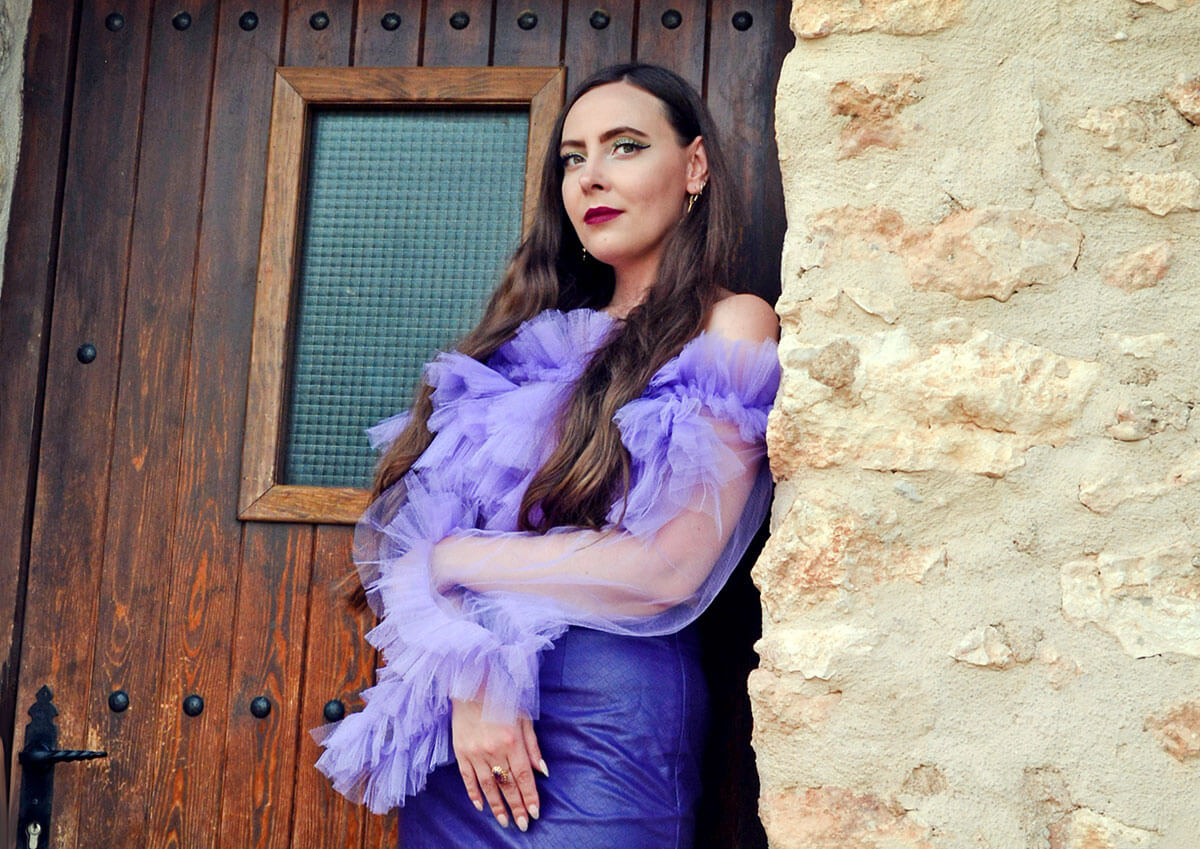



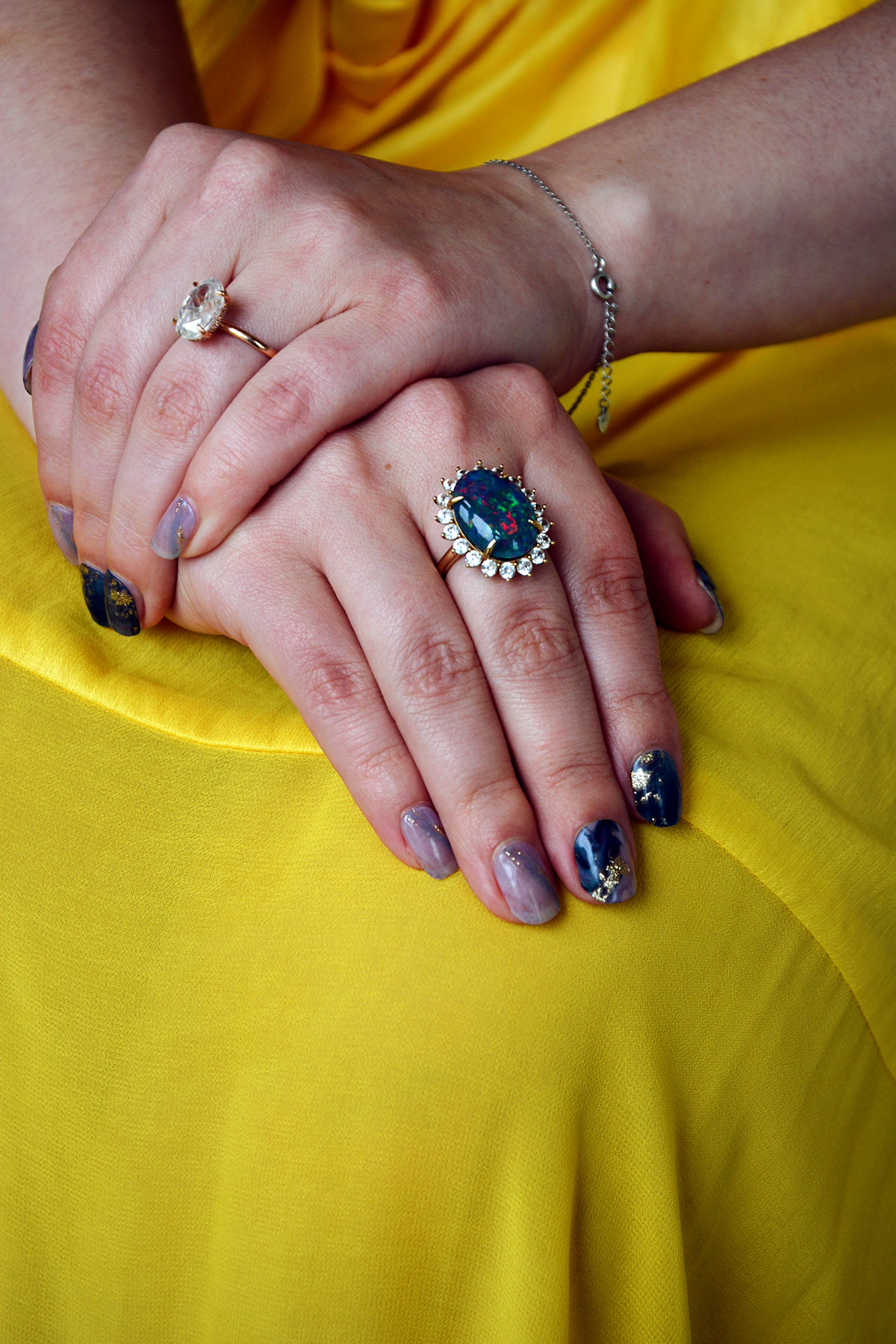
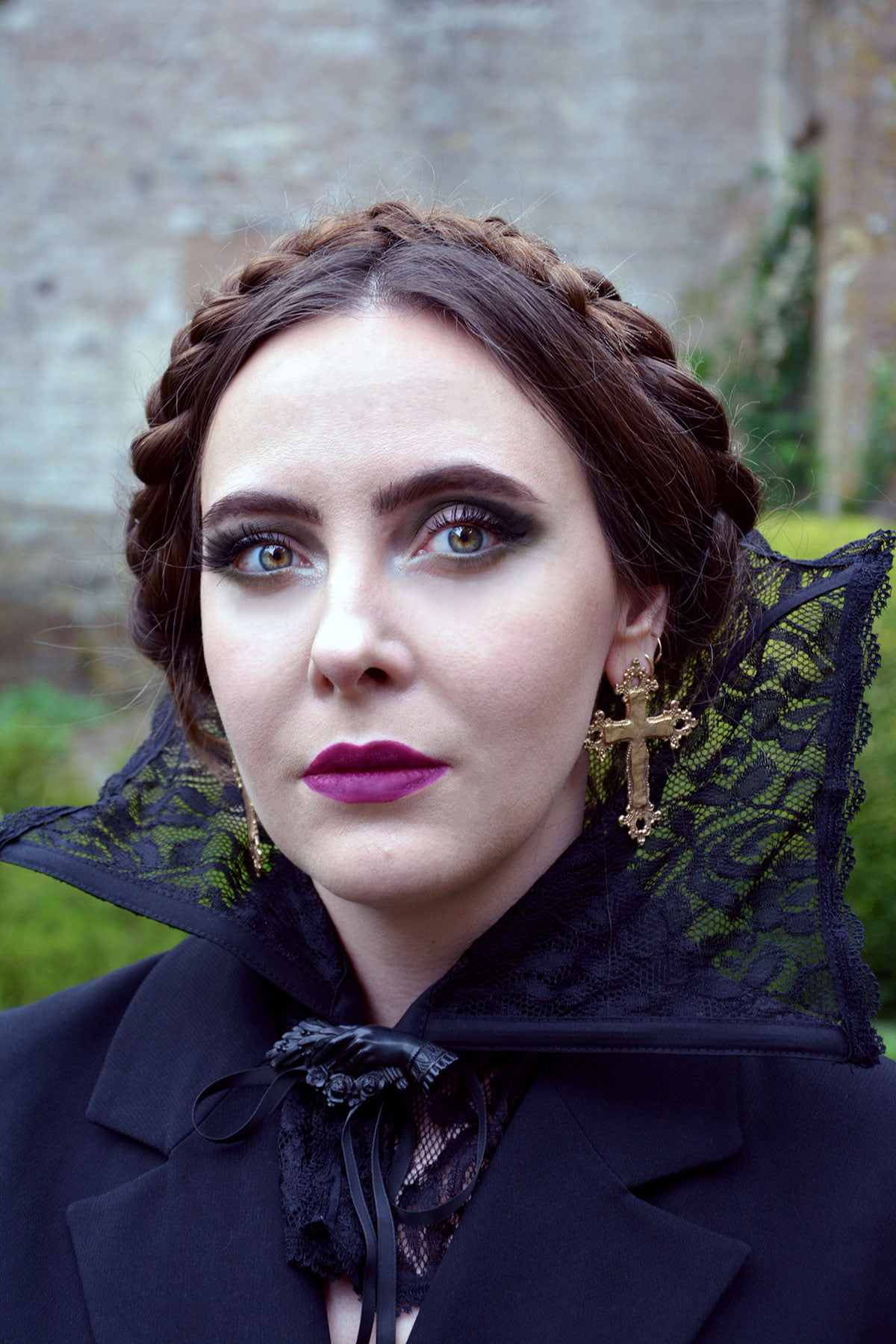
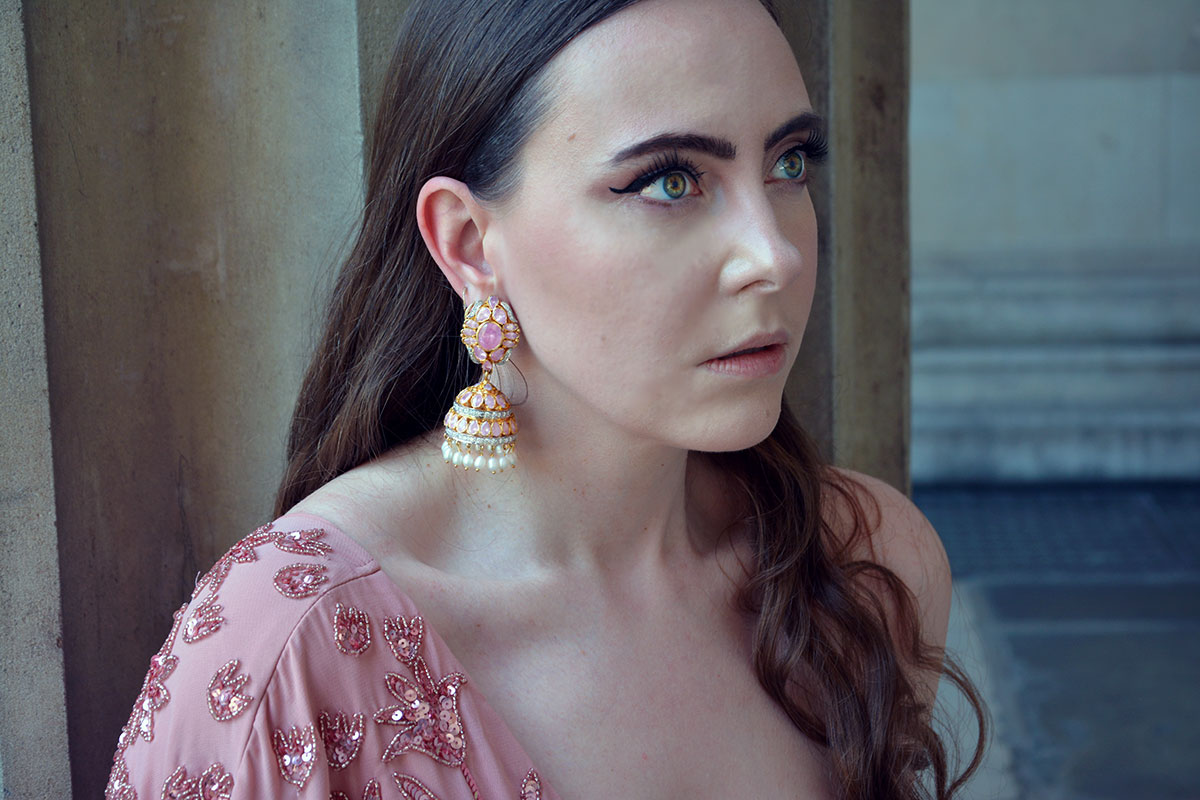
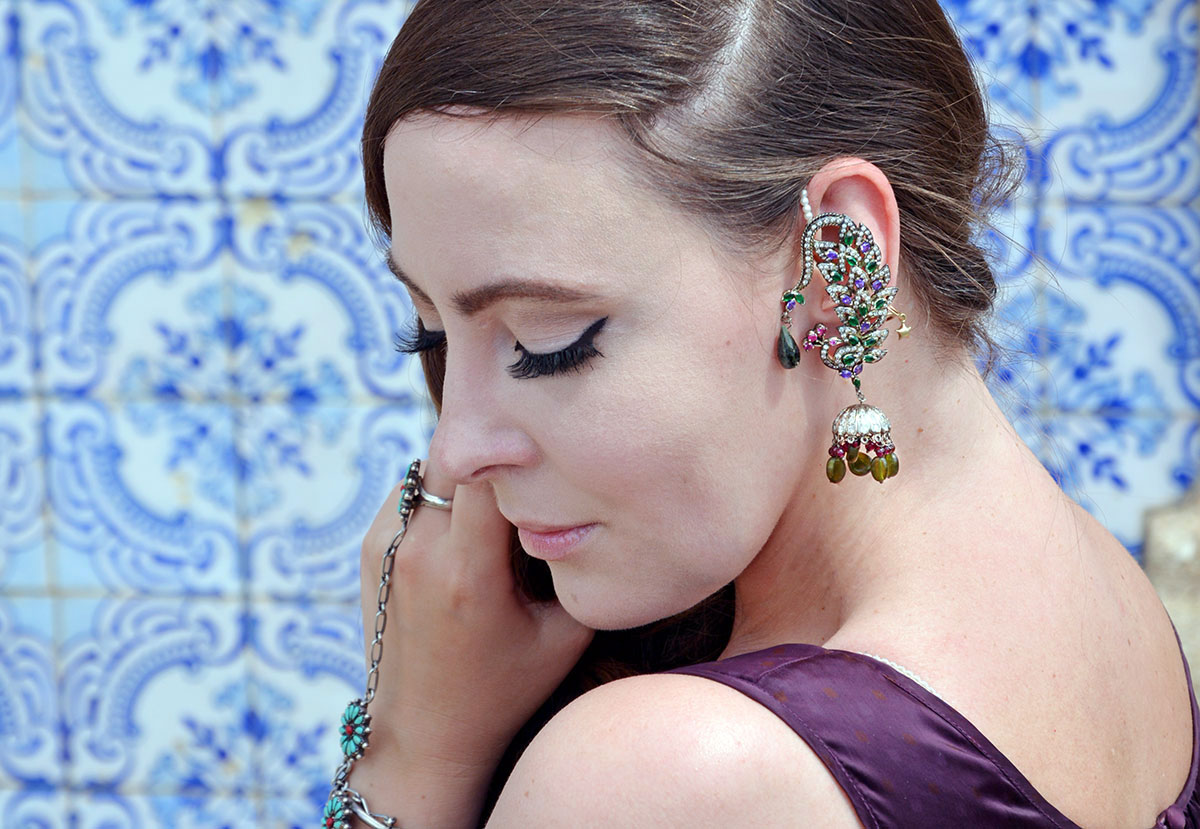
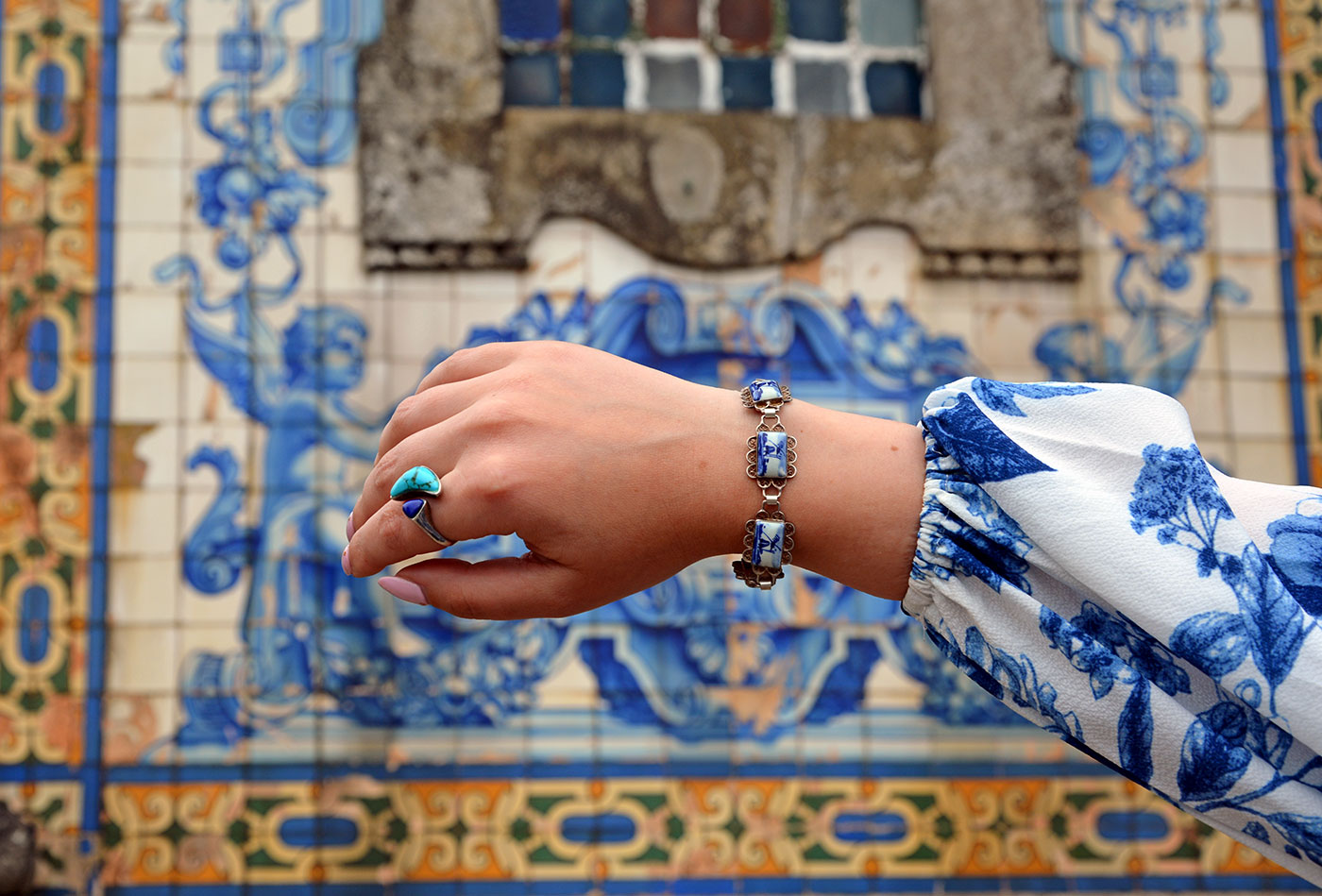
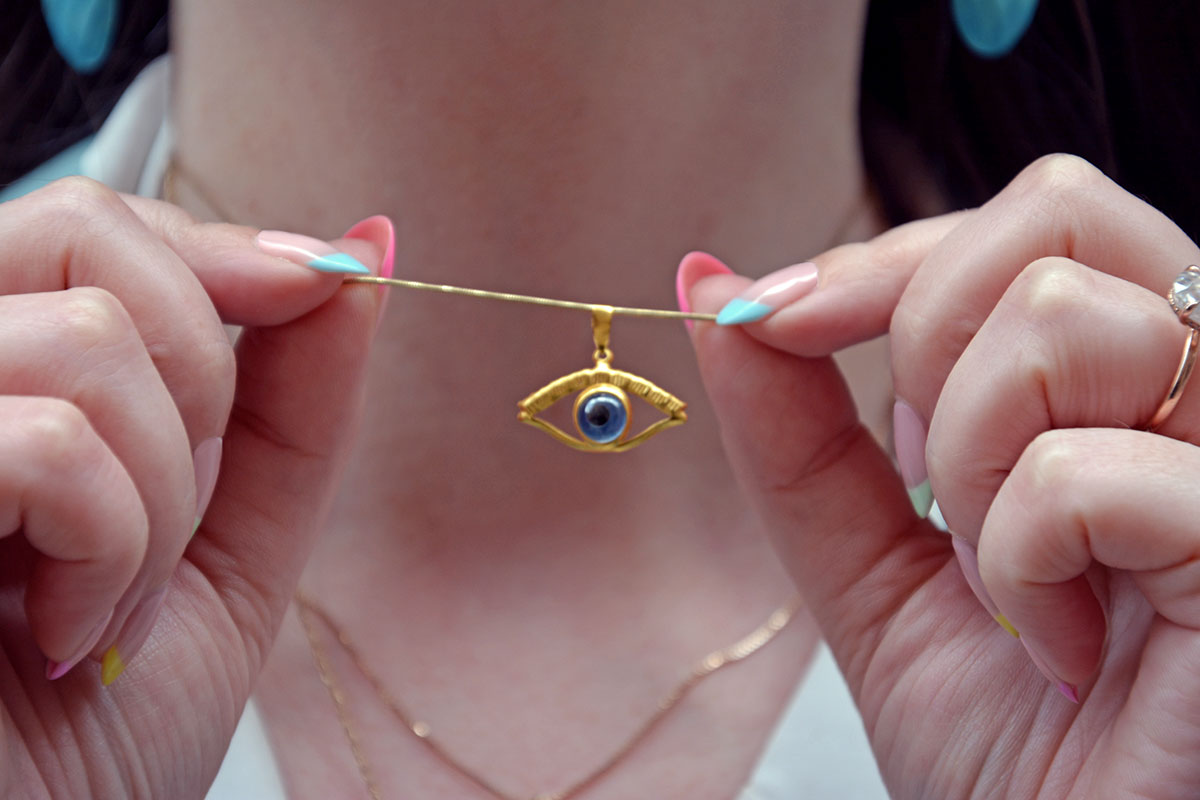
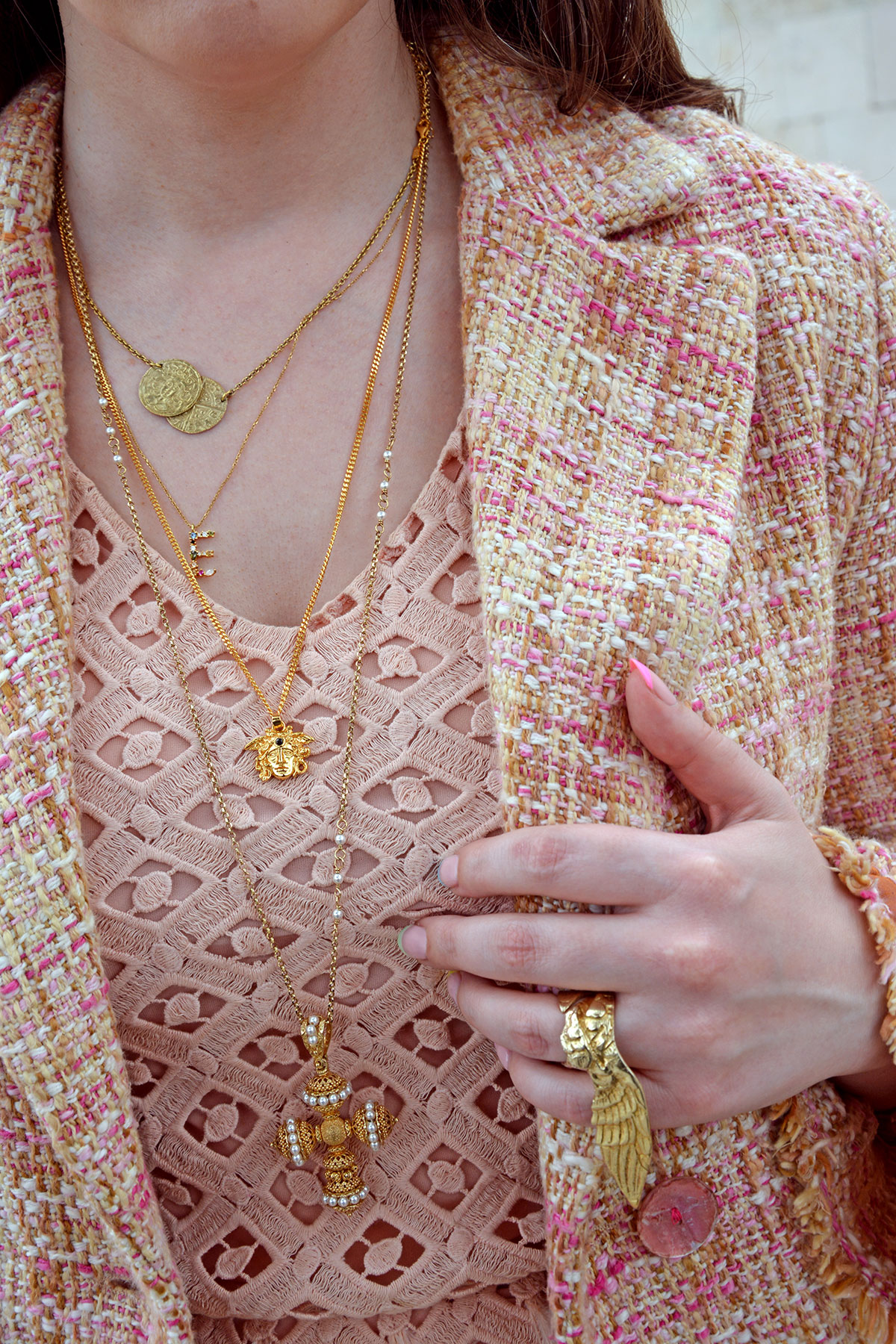
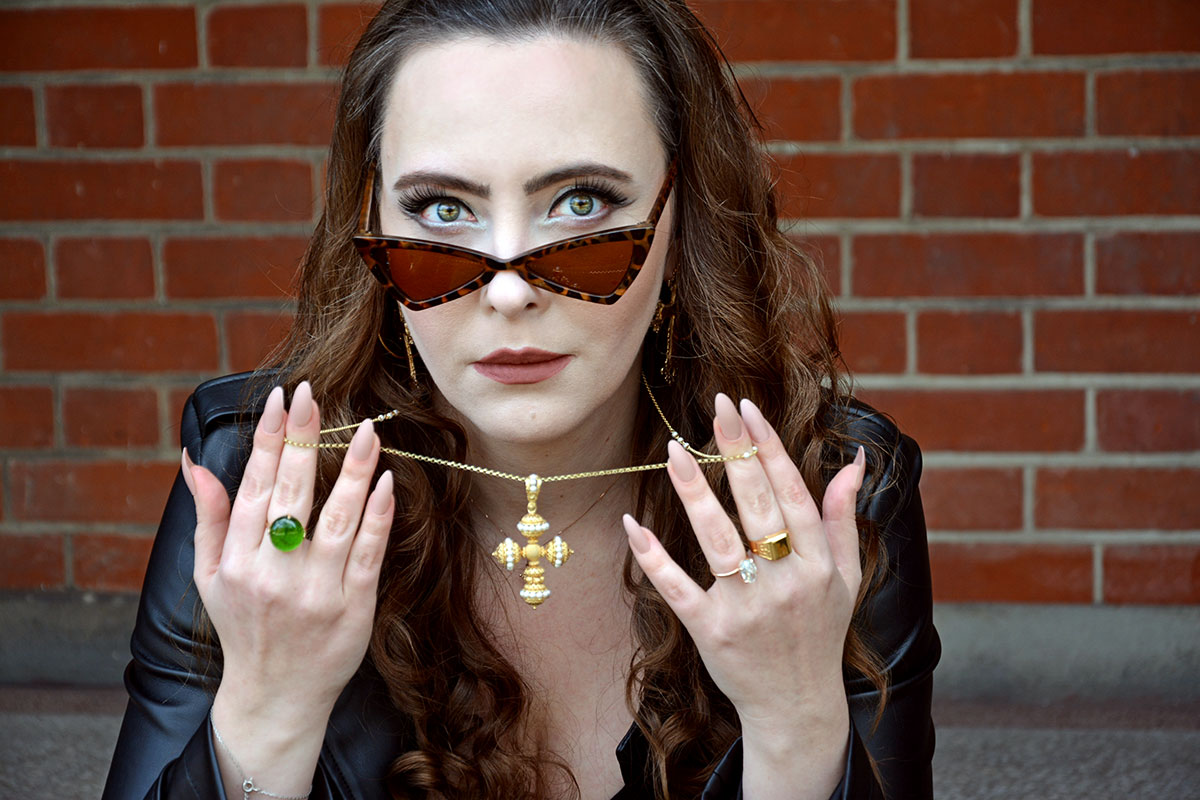
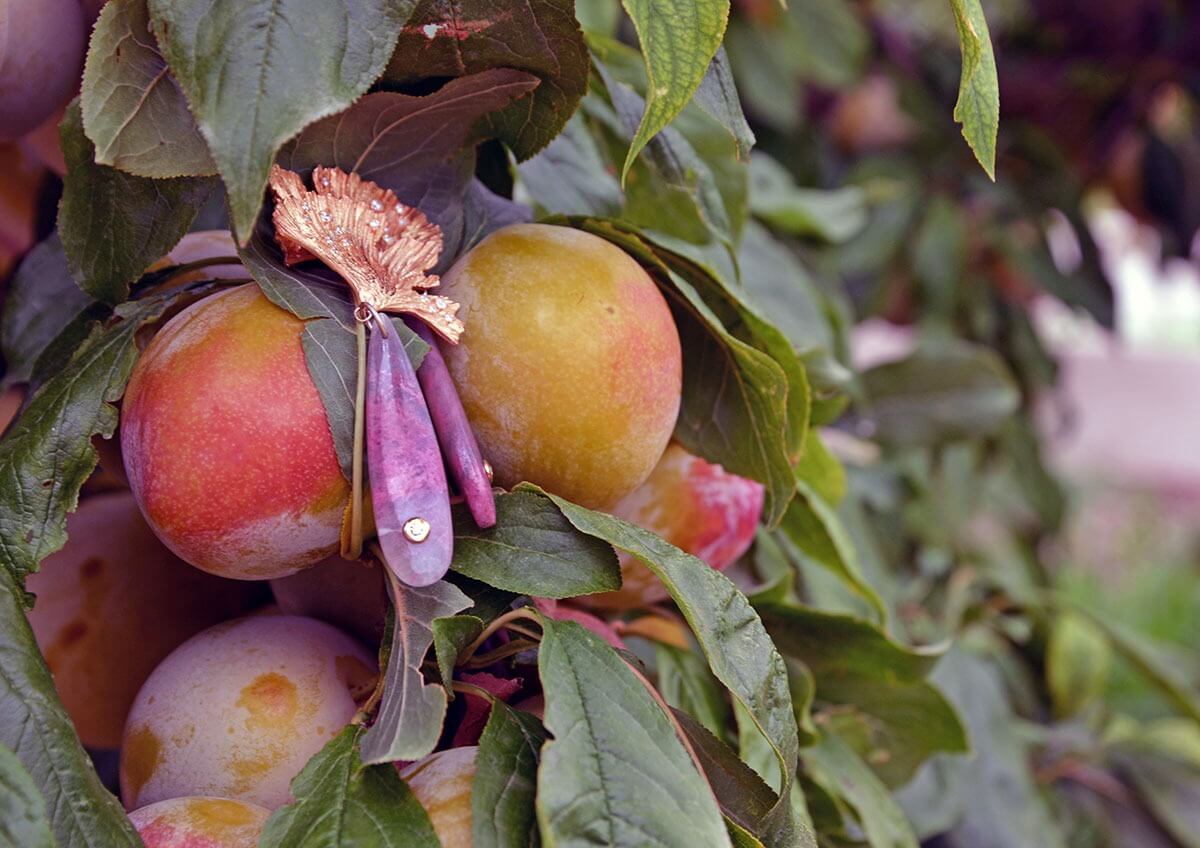
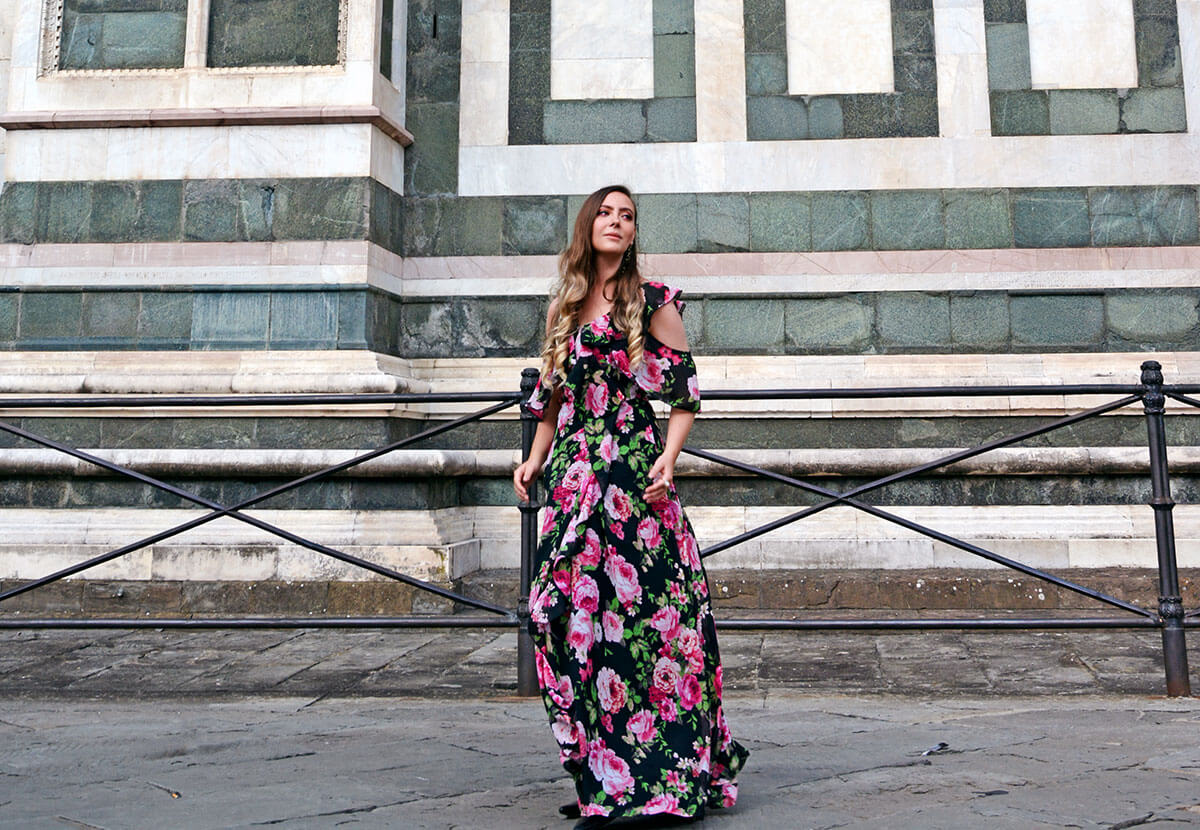
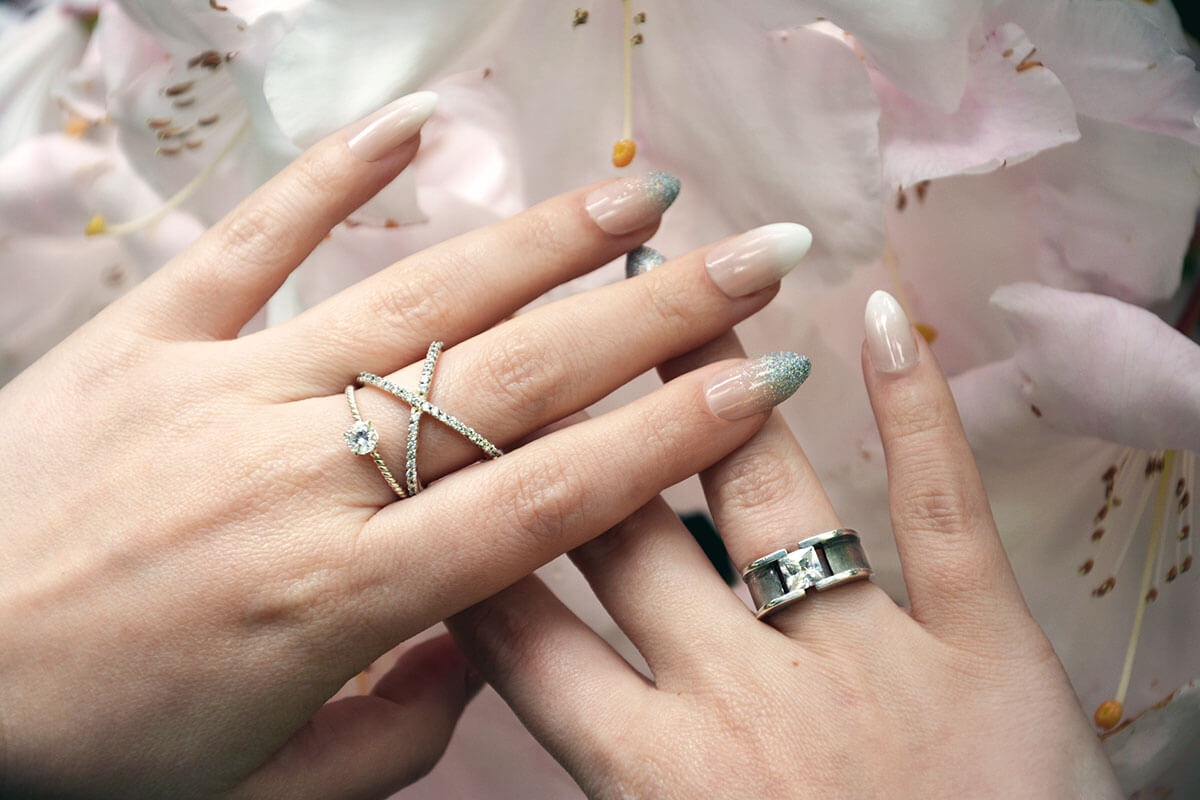
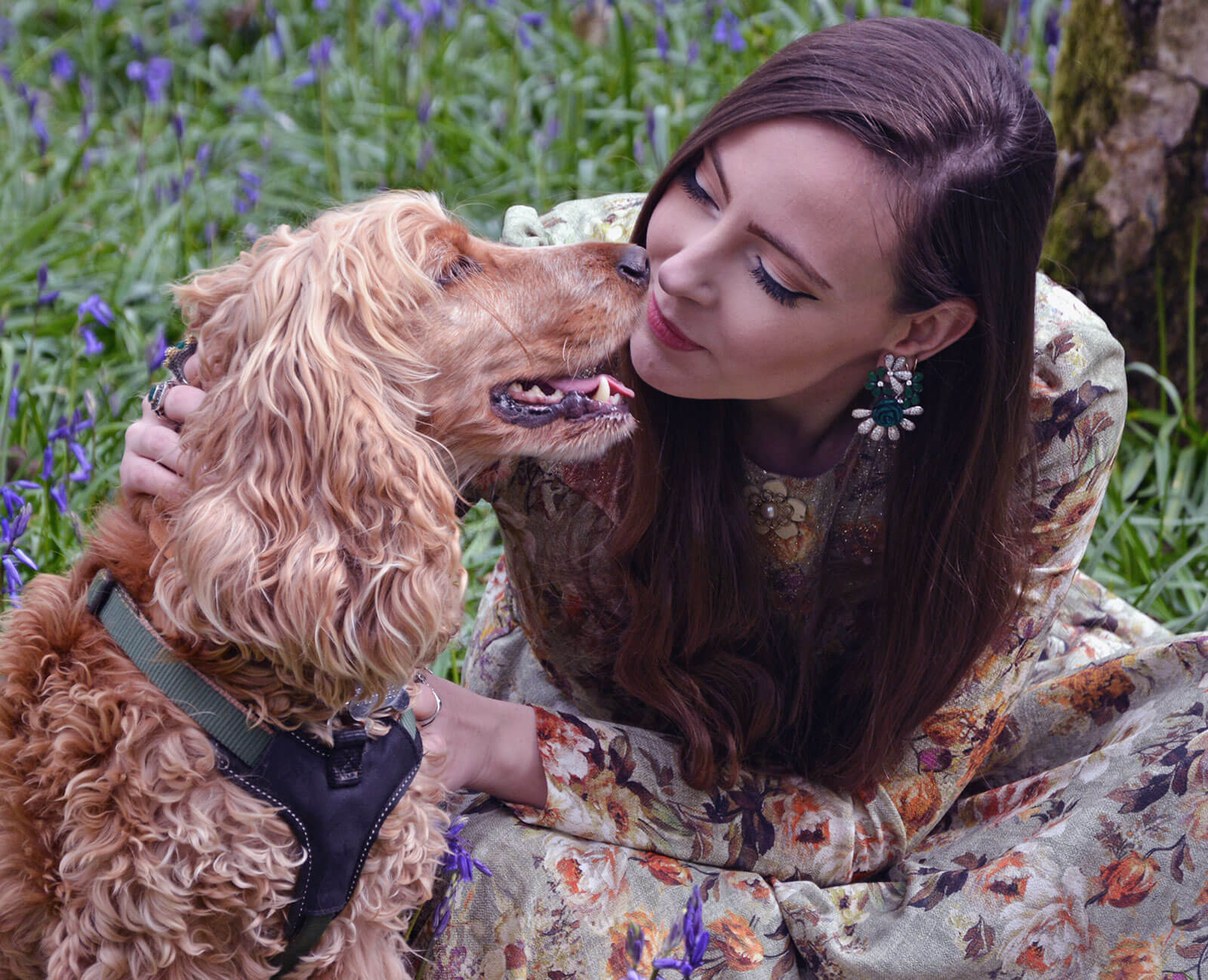
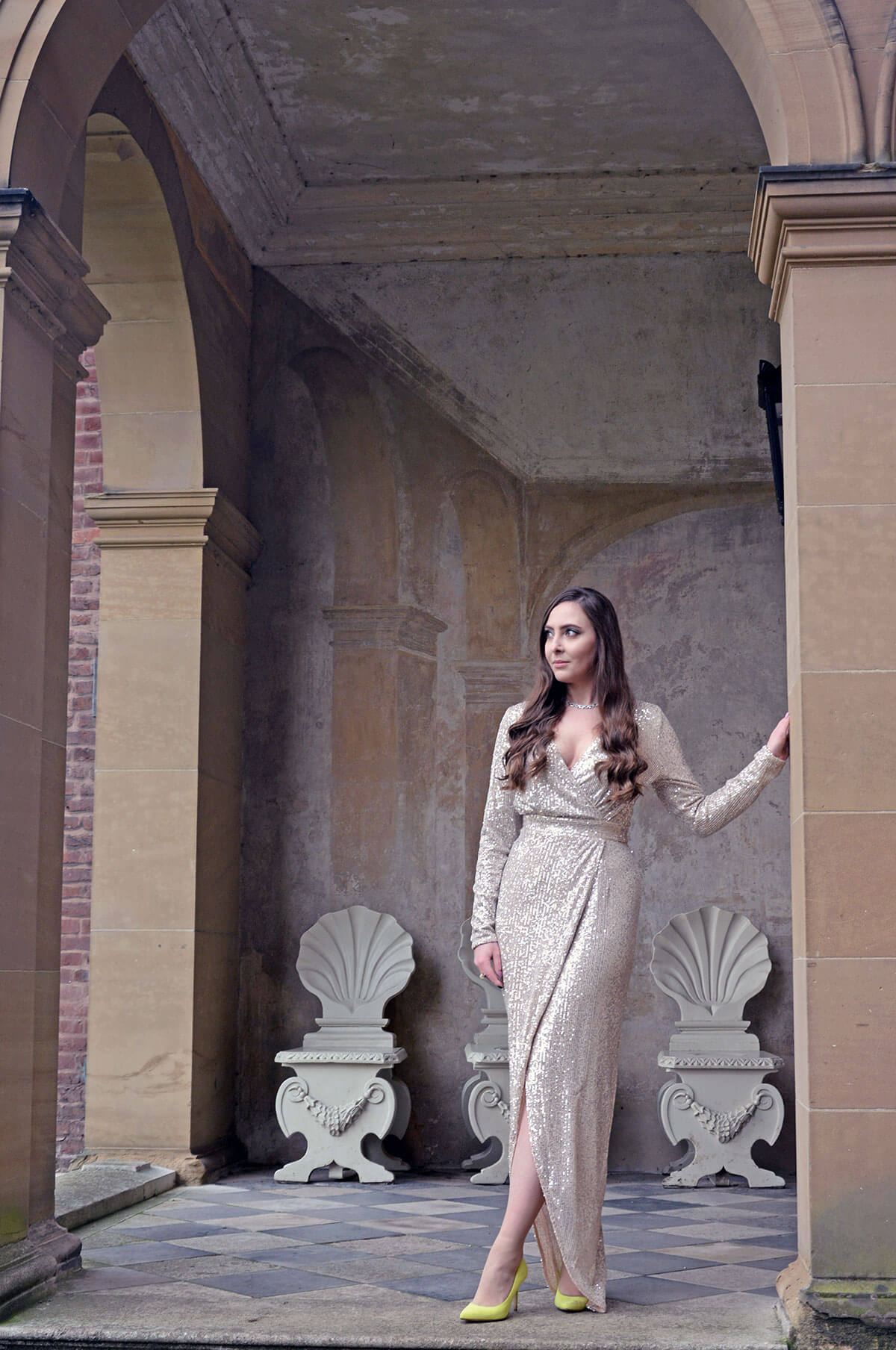

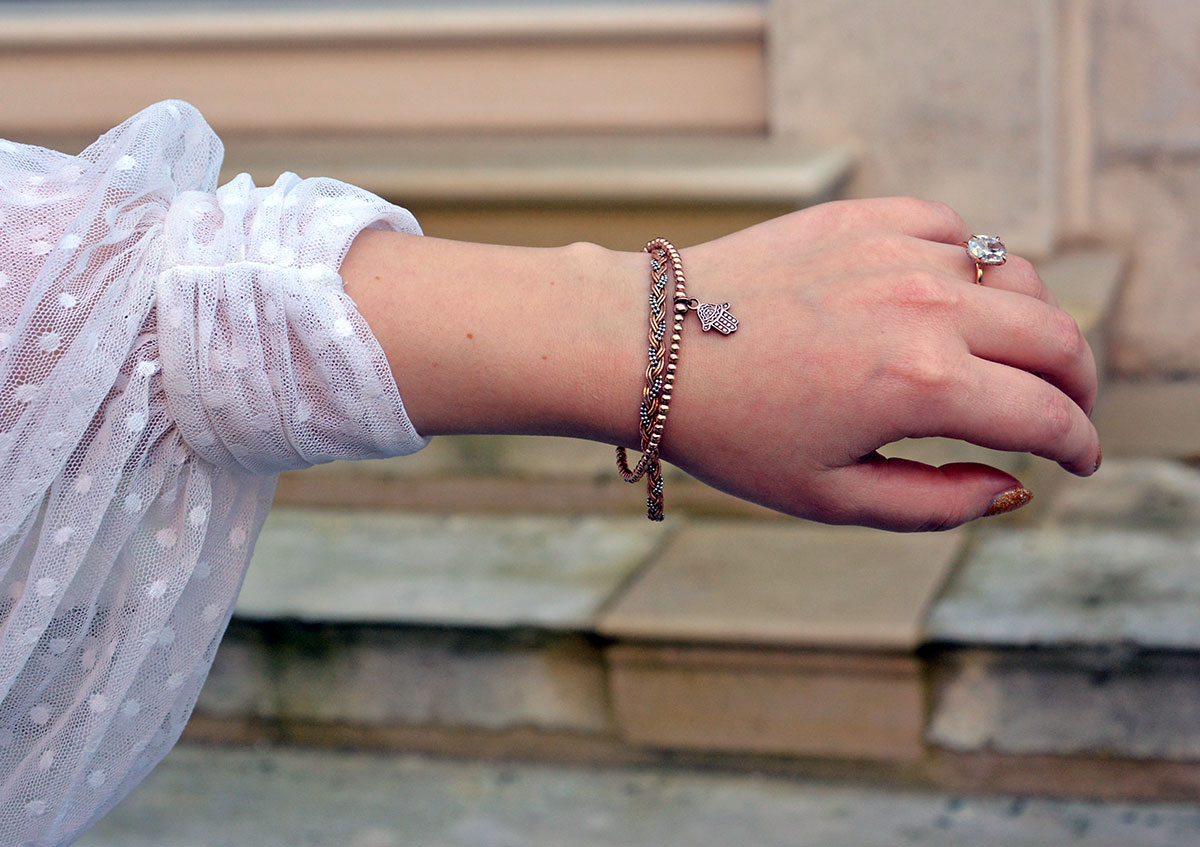
One Response
Hello, I’m Ethan from romytisa.com(a women’s bags store) and I just want to reach out for a possible collaboration!